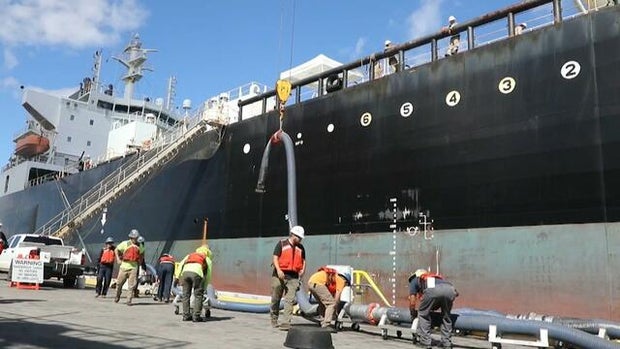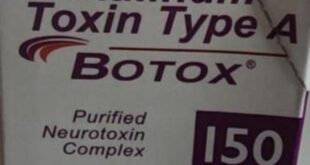[ad_1]
Norine Tuck and her three children moved to Hawaii for a fresh start in 2021. But within months, their lives were upended when jet fuel from the Red Hill Bulk Fuel Storage Facility leaked into the drinking water supply of 90,000 residents living on or near the Pearl Harbor-Hickam Air Force Base.
Tuck and her family are among the 2,000 people sickened after ingesting the contaminated water. The Hawaii Department of Health confirmed that the water had petroleum levels 350 times above what is considered safe. The petroleum product found in the water, JP5, can cause liver damage and neurological disorders. The water also had contaminants like antifreeze, household cleaner and high levels of chlorine.
The U.S. Navy admitted operator error led to the leak, but Texas-based attorney Kristina Baehr claims the Navy was negligent in its failure to immediately inform residents about it. Baehr also said clean-up efforts have been inadequate. Just this week, the Navy began the months-long process of draining 104 million gallons of fuel from the underground tanks.
It wasn’t until January 2023, a year and a half after the leak, that the U.S. Armed Forces’ combined Defense Health agency opened the Red Hill Clinic specifically to treat patients with illnesses potentially linked to the contaminated water. Since opening, the clinic has seen 193 patients, but many affected residents expressed reluctance about going to military facilities for treatment. Baehr said that 68% of her clients, including Tuck, are still experiencing ongoing symptoms that they attribute to the 2021 exposure.
Cleanup efforts.
“They didn’t actually clear your house. They didn’t properly flush any of those houses,” Baehr said.
Now, Tuck and her children take medication to treat conditions like migraines, anxiety and depression. Shortly after drinking the contaminated water, they struggled with symptoms like nausea and vomiting. While those have subsided, they say other ailments still persist.
“My youngest girls, their brains, I think, were most affected by the exposure,” Tuck said. “My daughter was dealing with severe depression and anxiety. She was a 10-year-old who was contemplating suicide and ending her life. … I want my kids back. I want my kids to be kids.”
Even as ongoing water tests indicate a low but persistent presence of chemicals, the Hawaii Department of Health, the Navy and the Environmental Protection Agency have declared the water is safe for use and consumption after the system was flushed out with water.
Major General Joseph Heck, the director of the Defense Health Agency for the Indo-Pacific Region, said that if people are continuing to experience “maladies” like a “rash or boil” because of water, they should visit the Red Hill Clinic to “determine whether or not it can be attributed to the potential exposure.”
Baehr and a Honolulu team of lawyers are representing Tuck and over 4,600 residents in a tort claim against the U.S. government. Not all of her clients have reported symptoms, but Baehr says the state of Hawaii allows people to sue on the basis of the fear of future health impacts. The group is looking for accountability, Baehr said.
“They want people to know the truth about what happened and they want to make sure that it never happens again,” Baehr said.
Those affected by the 2021 leak aren’t the only ones raising awareness. Native Hawaiians and groups such as the Sierra Club and the Oahu Water Protectors have been raising the alarm over Red Hill since a major leak at the facility in 2014 and another spill in May of 2021, months before the November leak.
“Unfortunately, Red Hill is just one in a long, long history of military contamination and degradation of this island,” said Wayne Tanaka, the head of the Sierra Club in Hawaii. “We’ve had instances of radioactive waste being dumped into Pearl Harbor. Pearl Harbor itself is a superfund site, one of the most polluted places in the United States. We have other places across the islands where the entire island’s water table is cracked because of Navy shelling, testing their weapons.”
Such incidents aren’t unique to Hawaii. Between 1953 and 1987, over 900,000 military and civilian residents at Camp Lejeune in North Carolina were exposed to chemical solvents in their water supply. Those toxins have been positively linked to a number of cancers, Parkinson’s disease, miscarriages and infertility.
“We had Camp Lejeune. Now we know we’ve had burn pits and Agent Orange,” said Baehr. “When are we going to stop poisoning our own people? The only way we can enforce change is to actually hold them accountable.”
 FARRATA NEWS Online News Portal
FARRATA NEWS Online News Portal







